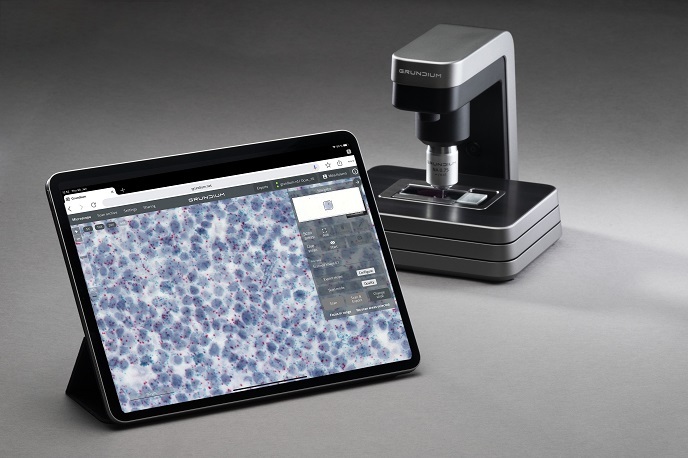Groundbreaking microscopy
A groundbreaking area of science is developing our ability to magnify subjects at nanoscopic resolution – scales around one-billionth of a metre – and smaller. Imaging at this scale is known as super-resolution. The goal is to surpass the diffraction limit, which prevents us from focusing light to dimensions smaller than half its wavelength. This has traditionally restricted the resolution of conventional lenses. Although scientists have overcome the diffraction limit, the technology usually has other restrictions, such as a small field of view and long imaging time. EU-funded scientists from the MULTISPLASH (Multi-focal scanning plasmonic nanoscope for super resolution imaging of living cells) initiative have developed new technology for imaging that not only magnifies at sub-wavelengths but also addresses other limitations. To do this, the scientists used a particular type of electromagnetic wave to propagate the light used for illumination in their images. These electromagnetic waves travel along the interface where metal and air meet, and have a wavelength shorter than light. By shortening the light's wavelength, the scientists reduced and overcame the diffraction limit. The researchers combined this super-resolution technique with a fast image acquisition method and a large field of view. In the final stage of the research, they assembled and optimised the microscope design. By developing a lens that can achieve super-resolution using visible light without major limitations, this initiative has progressed state-of-the-art microscopy knowledge and design. These results pave the way for biomedical advancements, and the ability to merge the science of electrical energy and the science of light.







